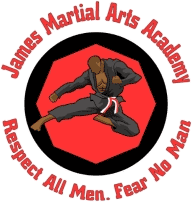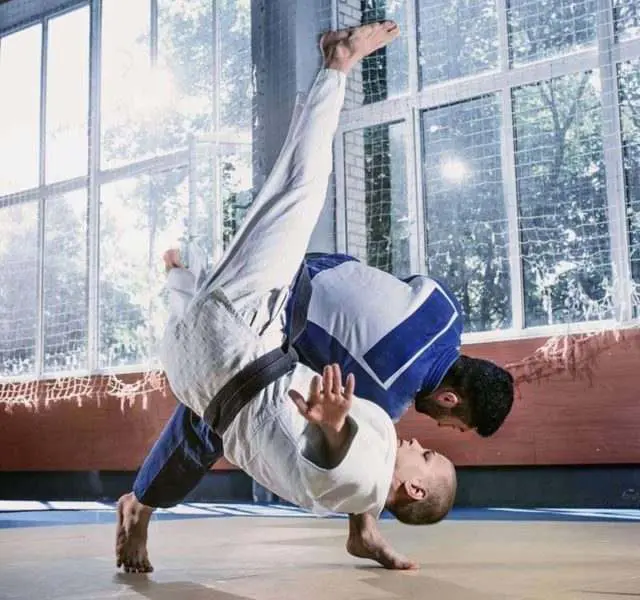San Diego Has a Rich Martial Arts History
As an imperial gift to Okinawa, a group of Chinese artisans and merchants were sent to Okinawa to establish a permanent settlement. Not only did these immigrants bring their professions and culture to Okinawa, but they also introduced a more modern form of Chinese Kung Fu. By the 1400s, two types of weaponless fighting systems, Tode and Kung Fu, both originating as Chinese Kung Fu, were coexisting in Okinawa.
The History of Okinawa.
Okinawa was initially divided into three kingdoms, the kingdoms of Chuzan, Hokuzan, and Nanzan. The act of banning weapons drove the Tode and Kung Fu organizations underground, in fear that they would be persecuted for practicing their fighting methods. Tode and Kung Fu continued to be and evolve secretly, and this secrecy is why so little is known about these ancient forms.
By 1887, the word “Te” was replaced, and the name “Karate” began to be used. By the early part of the 1900s, karate was being demonstrated and taught openly, and soon found high acceptance among the Okinawan people. Karate became more and more widely accepted by the people of Okinawa, as many more students began to practice the art.
Shihan Demura brought karate to the public’s eye with powerful demonstrations, in widely popular movies like “The Karate Kid” series, and through his tireless efforts and charismatic teaching style. The ongoing evolution of karate is just like how an ancient form of Chinese Kung Fu evolved into Okinawan Te and eventually into Japanese Karate.
The History of Martial Arts
The Early History Of China
Early in China, as many of you know, Shaolin monasteries trained monks in Kung Fu. In the 6th century, this style of Shaolin Kung Fu quickly spread throughout Asia. Neighboring countries incorporated these new techniques into their indigenous fighting systems.
Shihan Demura brought karate to the public’s eye with powerful demonstrations, in widely popular movies like “The Karate Kid” series, and through his own tireless efforts and charismatic teaching style.
Early in the country’s history, Kung Fu was strongly influenced by this early introduction of Kung Fu, thought to have taken place as early as the late 6th century. This early form of Okinawan art became known as Tode. Tode thus became the indigenous form of weaponless fighting in the Okinawan Islands.
By 1905, an Okinawan karate master decided to start referring to karate as “empty hand” instead of “China hand,” thus finally eliminating any references to karate’s Chinese origins. With this bold move, practitioners of karate began to present karate to the world as a truly Okinawan art. A gathering of Okinawan masters took place, and they decided that one person would represent all of Okinawan Karate. During the ’40s and ’50s, judo gained greater acceptance than karate, which led to karate’s not being as widely accepted until the 1960s.
About 140 years later, in 1609, the Satsuma Clan of Japan invaded the Okinawan Islands and ended Okinawan independence forever. The invading Satsuma wanted to destroy all evidence of Okinawan fighting forms, in addition to continuing to ban weapons from Okinawa’s inhabitants. The Samurai were now the law of the land, and their skills with the Samurai sword allowed them to maintain their rule.
By the 1920s and ’30s, many Okinawan masters began to travel to Japan and establish dojos. There are a number of traditional Japanese karate systems, including Shotokan, Goju-Ryu, Wado-Ryu, Shorin-Ryu, Kyokushin, and Shito-Ryu.
It wasn’t until World Wars II that karate began to reach the United States. During the ’40s and ’50s, judo gained greater acceptance than karate, which lead to karate not being as widely accepted until the 1960s.
The effort to survive under these circumstances was the direct cause of the development of the Okinawan weapons we know today. Twenty years after the Satsuma invasion, in 1629, the Tode and Kung Fu societies continued their evolution, by deciding to combine their fighting styles. This union was an effort to take the benefits of both styles and create a stronger, more effective style that could be used against the Samurai.
By 1905, an Okinawan karate master decided to start referring to karate as “Empty Hand” instead of “China Hand,” thus finally eliminating any references to karate’s Chinese origins. With this bold move, practitioners of karate began to present karate to the world as a truly Okinawan Art. A gathering of Okinawan masters took place, and they decided that one person would represent all of Okinawan Karate.

